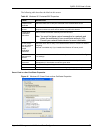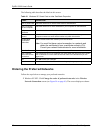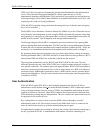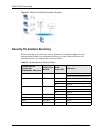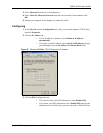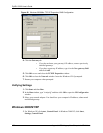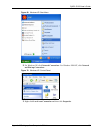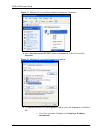
ZyXEL G-202 User’s Guide
Appendix D Wireless Security 95
WPA(2)-PSK Application Example
A WPA(2)s-PSK application looks as follows.
1 First enter identical passwords into the AP and all wireless clients. The Pre-Shared Key
(PSK) must consist of between 8 and 63 ASCII characters or 64 hexadecimal characters
(including spaces and symbols).
2 The AP checks each client's password and (only) allows it to join the network if it
matches its password.
3 The AP and wireless clients use the pre-shared key to generate a common PMK.
4 The AP and wireless clients use the TKIP or AES encryption process to encrypt data
exchanged between them.
Figure 64 WPA-PSK Authentication
WPA(2) with RADIUS Application Example
You need the IP address of the RADIUS server, its port number (default is 1812), and the
RADIUS shared secret. A WPA(2) application example with an external RADIUS server
looks as follows. "A" is the RADIUS server. "DS" is the distribution system.
1 The AP passes the wireless client's authentication request to the RADIUS server.
2 The RADIUS server then checks the user's identification against its database and grants
or denies network access accordingly.
3 The RADIUS server distributes a Pairwise Master Key (PMK) key to the AP that then
sets up a key hierarchy and management system, using the pair-wise key to dynamically
generate unique data encryption keys to encrypt every data packet that is wirelessly
communicated between the AP and the wireless clients.



